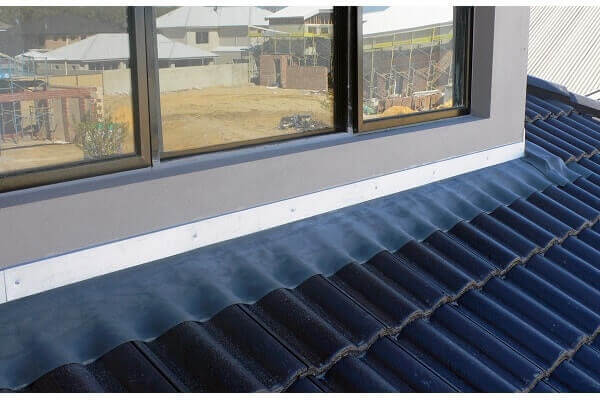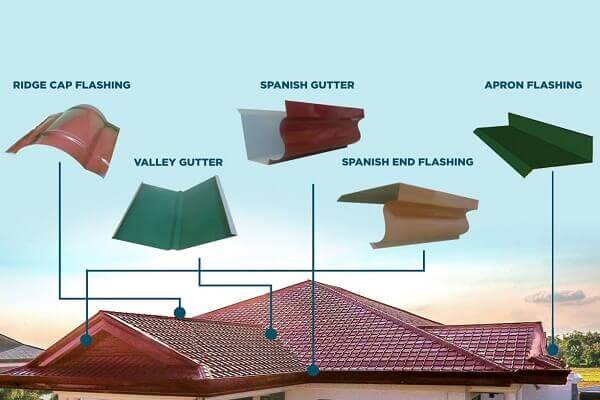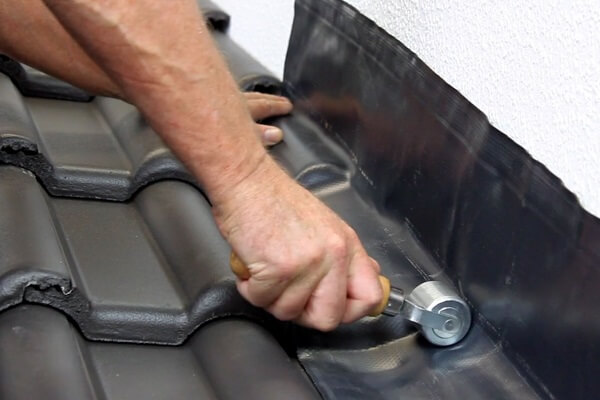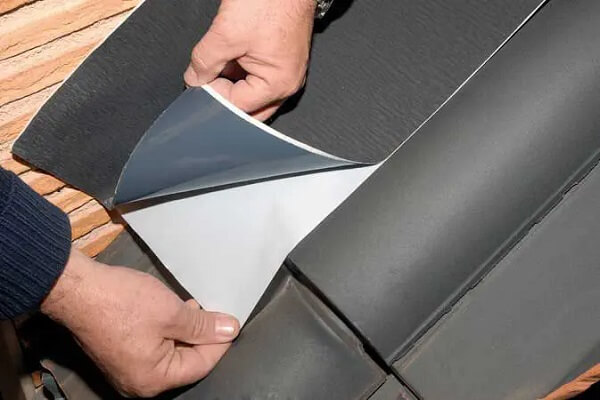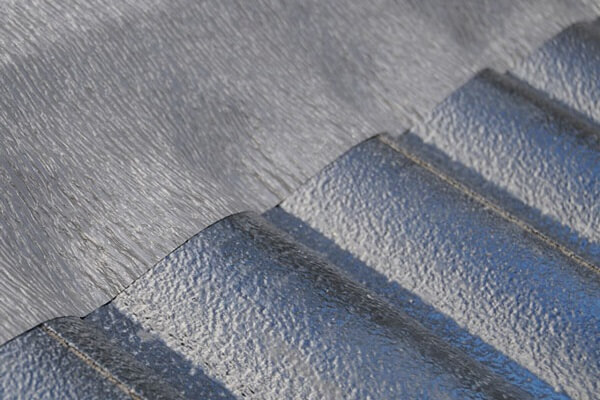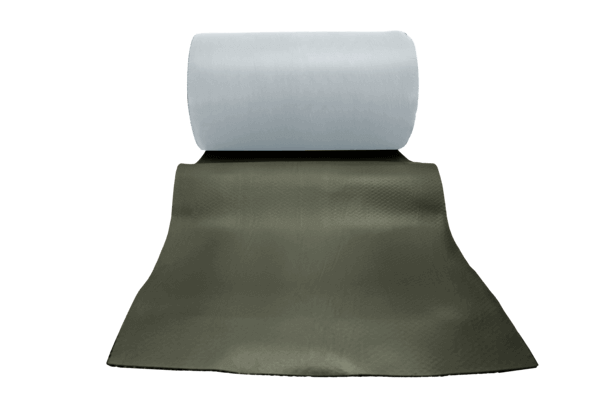
Lead vs Lead-Free Roof Flashing: A Comprehensive Guide
1 February 2023
Flashing is an essential component of roofing and waterproofing systems, used to prevent water from penetrating the roof and walls of a building. The choice between lead and lead-free roof flashing is a decision that must be made carefully, taking into consideration both the advantages and disadvantages of each option.
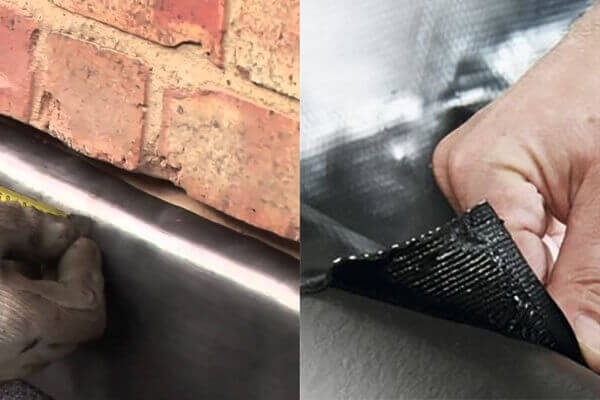
What Is Lead Roof Flashing?
Lead roof flashing is a type of flashing made of lead, a soft, dense metal. Lead has been used in construction for thousands of years and has been a popular choice for roofing and waterproofing systems due to its durability, malleability, and resistance to corrosion.
Lead roof flashing is commonly used on older buildings and is often preferred by historic preservationists and traditional builders.
What Is Lead-Free Roof Flashing?
Lead-free flashing is a type of flashing made of non-toxic materials, such as aluminium and zinc or new materials, such as polyisobutylene or butyl rubber. These materials are often chosen due to their resistance to corrosion and durability, but they also offer the benefit of being safe and non-toxic, making them a popular choice for modern buildings.
Lead-free roof flashing is also more eco-friendly, as lead can be toxic and can harm the environment if not disposed of properly.
Advantages Of Lead Roof Flashing
Durable: Lead roof flashing is a highly durable material that can last many years without needing to be replaced.
Resistant to Corrosion: Lead is a non-corrosive material that will not rust or deteriorate over time.
Easy to Work With: Lead roof flashing is a soft and malleable material that is easy to shape and form into the desired shape, making it a popular choice for roofers and waterproofing specialists.
Disadvantages Of Lead Roof Flashing
Toxicity: Lead is a toxic material that can be harmful to both humans and the environment if not handled properly.
Heavy: Lead is a dense material, making it heavier and more challenging to work with compared to other materials like aluminium, zinc, polyisobutylene or butyl rubber.
Increased Cost: Lead flashing can be more expensive than other materials due to the cost of the lead itself and the need for specialised equipment and training to work with it.

Advantages Of Lead-Free Roof Flashing
Safety: Lead-free roof flashing is made of non-toxic materials, making it safe to work with and safe for the environment.
Lightweight: Lead-free roof flashing is lighter and easier to work with compared to lead flashing.
Eco-Friendly: Lead-free roof flashing is more eco-friendly than lead flashing, as it does not contain toxic materials.
Disadvantages Of Lead-Free Roof Flashing
Increased Cost: Lead-free roof flashing can be more expensive than lead flashing due to the cost of the materials used and the need for specialised equipment and training.
Less Durable: Lead-free roof flashing may not be as durable as lead flashing and may need to be replaced more frequently.
Resistant to Corrosion: Lead-free roof flashing may not be as resistant to corrosion as lead flashing and may need to be treated to prevent rust and deterioration.

Is Lead-Free Roof Flashing the Better Option for Your Home?
Lead roof flashing has been used effectively for decades to seal roof penetrations and protect against water leaks. Despite its practicality, lead roof flashing comes with some significant drawbacks. Lead mining can cause considerable environmental damage, and working with lead flashings can pose a health risk due to the risk of lead poisoning.
Given these concerns, many contractors and homeowners are searching for alternative options. With advancements in technology and manufacturing, numerous lead-free roof flashing options are available that provide the same watertight protection without the negative impact.
Choosing lead-free roof flashing helps the environment and eliminates the health hazards associated with working with lead flashings. Upgrade to a safer and eco-friendly choice for your home's roof protection.
Conclusion
In conclusion, the choice between lead and lead-free roof flashing is a decision that must be made carefully, taking into consideration both the advantages and disadvantages of each option.
Both lead and lead-free roof flashing have unique benefits and drawbacks, and the best choice will depend on the specific needs and requirements of the project. Therefore, it is essential to consult a professional to determine the best material for your project to ensure the best results.
QACO-FLEX is part of the next generation of materials designed to replace lead in roofing products. It is over 50% lighter than lead and made of stretchable aluminium moulded into a special type of polymer rubber. Not only is it environmentally friendly, but it also provides superior waterproofing and maintains the integrity of the roof.
Builders and roofers consider QACO-FLEX the lead-free roof flashing of choice. Make the upgrade to QACO-FLEX for a lighter, greener, and more reliable roof flashing solution.


Looking For The Best Valued Lead-Free Roof Flashing?



Testimonials
What Customers Love About QACO-FLEX
“I was looking for a lead-free roof flashing and I couldn't be happier with QACO-FLEX. It's not only a great product but is the best valued lead-free roof flashing on the market!”

Chris Mathers
Roofer“QACO-FLEX arrived in a very timely manner and is exactly how I visualised it to be and is very effective at replacing the older style lead flashing.”

Mark Florimo
Builder“QACO-FLEX is very easy to cut and easy to position. It also sticks into position extremely well and looks excellent. I highly recommend the QACO-FLEX!”


